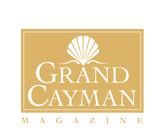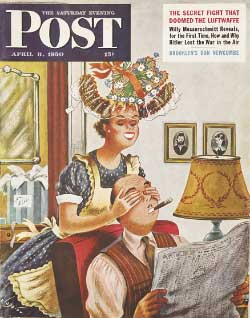
In this Caribbean paradise a furnished house and three servants cost forty dollars a month, and you can make a good living as a beachcomber. Are these the islands you have dreamed about?
On the Cayman Islands, just 534 nautical miles south by air from Tampa, parrot potpie is a favorite Sunday dish, there are three comely girls to every available young man, rum is cheap and breadfruit to be had for the picking. There is no income tax, and riding a bicycle without lights is the most heinous crime entered on island police books within the past few years. Coral reefs encircling the islands swarm with Caribbean “lobster” and spectacular sport fish, and gracious politeness is esteemed by natives who largely are descended from shipwrecked sailors, cutthroat pirates, Gold Coast slaves or deserters from Oliver Cromwell’s Jamaican army. The Caymans, in short, are one of the few spots that would fit an armchair-dreamer’s idea of tropical paradise, yet despite their nearness few Americans would know where to look for them without an indexed atlas.
To spot them quickly: The three little islands — Grand Cayman, Little Cayman and Cayman Brac — are Jamaican dependencies that lie about 200 miles west-northwest of Kingston and 150 miles south of Cuba. Their area is less than 100 square miles, and not an acre of them could be cultivated without fatal results to a plow. Hurricanes and tidal waves have swept over them, and there have been near famines when the islands’ 6,600 people have been isolated for entire storm seasons. Yet few owners of thatch huts on Cayman would swap their holdings of thin soil for a square block of Manhattan or change the tempo set by their forefathers if they could. Not many Caymanians have heard of atomic developments, and, since the last 100 years have passed lightly over the islands, they aren’t apt to become worried soon.
Most of the islanders can trace their ancestors back at least to 1760 without consulting records, and it’s nothing unusual for an old Caymanian salt to preface a fascinating yarn with, “Now when my Great-grandfather Obadiah, who was a bloody, throat-cutting buccaneer —”; or, coming from one of the islands’ Negro or “colored,” — part Negro — citizens, “I’ll sing you a song, mister, just as my slave granddaddy sang it when he was out fishing in South Bay.” They have no false shame concerning family beginnings, but rather an obvious pride in their forefathers’ swashbuckling adventures. At one social gathering in a home I visited, four guests could name seventeen pirates in their collective family trees. “And some of them ended up out on a limb,” someone laughingly remarked.
Thus it is only natural that treasure fever should be a chronic Cayman malady. “Somewhere on Grand Cayman my great-great-grandfather cached a hoard of gold he took off a Mexican boat,” one man told me. “I’ve been hunting it for forty years, and someday I’ll find enough to build the best schooner in these islands.”
Hardly a month passes that someone does not find Spanish, Dutch or early English coins uncovered by erosion or shifting sands, and some bars of gold and silver have turned up during the past fifty years.
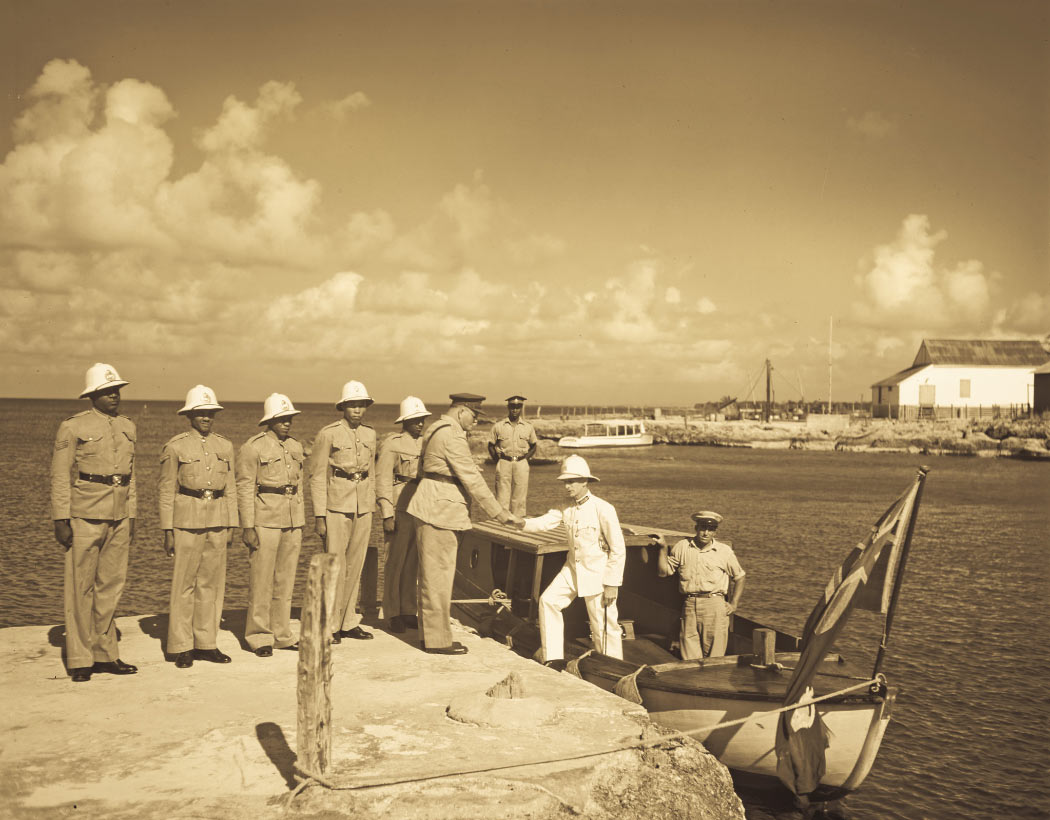
Alverston Bush, a part-time Cayman fisherman, is thoroughly convinced he is digging in the right hole, and claims he is directed by a long-dead Cayman sea captain. Ordinarily Bush would be suspicious of strangers who came inquiring about his treasure site, but Inspector Roddy Watler, head of the Cayman eight-man police force, reassured him about my visit. Bush led me through a jungle of mangroves, thatch palms and sea lavender to a sixty-foot-wide excavation less than 100 feet inshore from pounding surf. The hole was about twenty feet deep and half filled with infiltrated water that, even on a calm day, mysteriously was swirling with a counterclockwise motion.
“Speak softly,” Bush said, “for the captain’s presence may be watching us. He first came to me two years ago and told me I was to recover his treasure. Seems some of my ancestors had done him a good turn, although he didn’t explain how in the vision. But he showed me this spot. Now if they will send the island fire pump here to help me keep water out, I’ll be a rich man soon.”
Visiting Commissioner Ivor Smith in the islands’ capital village of Georgetown later that day, I asked him if he was going to co-operate.
“Why not?” he said. “These people have nothing to live on but hope, and wouldn’t it be a boom for the islands if Alverston Bush did strike treasure? Besides,” he added with a grin, “our volunteer firemen and the constabulary have nothing to do, and the fire pump needs exercising.”
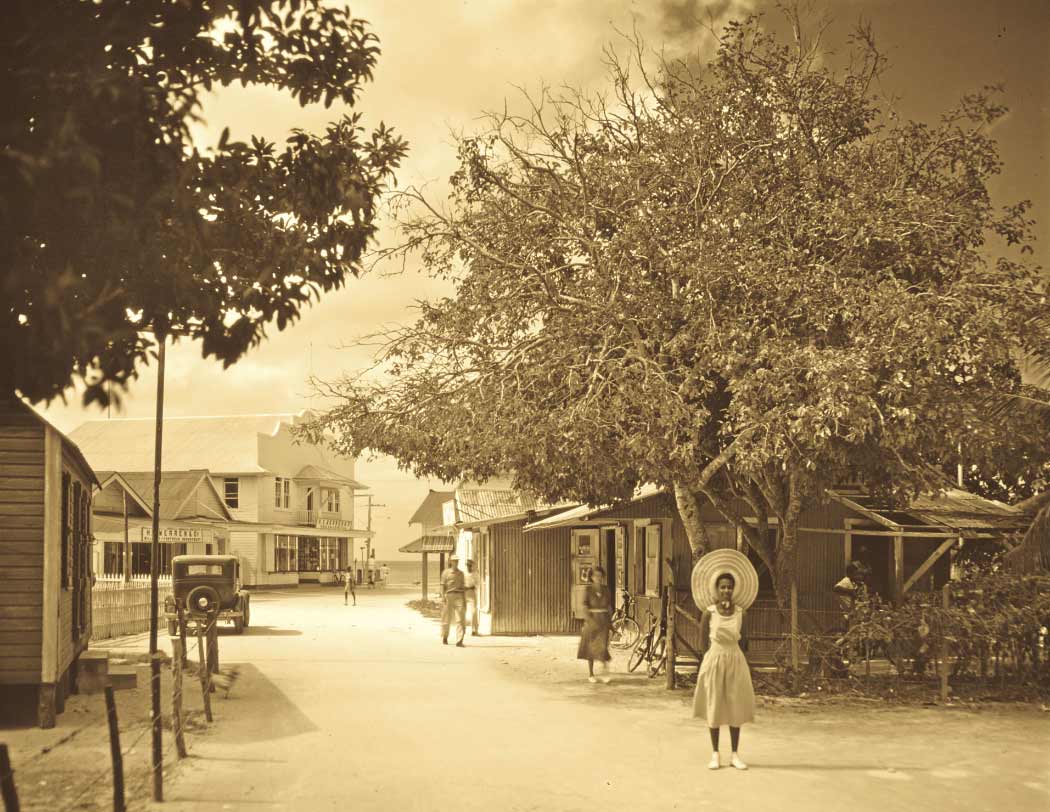
First sighting
Christopher Columbus and his son were first to sight the Caymans on their swing around the Caribbean in 1503, when they recorded the unusual number of turtles using the island beaches. Cayman history has been wrapped around this useful and prolific reptile, justifying the admiral’s first name for the group — Las Tortugas. And although buried treasure may be the ultimate hope of all Caymanians, the turtle currently furnishes cash as well as meat for most of them. Cayman fishermen catch a large percentage of all green turtles taken in the Caribbean, although waters around their islands are fished out and they have to go to turtle “pastures” off the mosquito coast of Nicaragua to do it. Export of live turtles to Key West, Tampa, Panama and West Indian customers provides the islands’ greatest cash income.
The Caymanian turtle trade has developed a race of sailors widely renowned for their seamanship. Island youngsters for generations have gone on turtle schooners when twelve years old, and many of them skippered seagoing boats by the time they were sixteen. Today Cayman sailors may be found as masters, mates and seamen on most international steamship lines — which accounts for the current scarcity of young males on the islands. They spend most of their lives away from home, but many of them return to marry and build a home, and their wages regularly sent back constitute the islands’ second-largest income.
The turtles, too, had something to do with the islands’ third source of income — boatbuilding. To fish for turtles, Caymanians had to have strong boats that would take hurricanes and scrape over shoals without injury, and today these turtlers will match their schooners against those from any ocean. Twice in regattas, when they raced more celebrated schooners from Newfoundland and Nova Scotia, the Cayman sailors outsailed and outmaneuvered the fishermen from the Grand Banks.
Cayman boatbuilders probably are the only ones left who still go to the woods and select timbers for their craft. Fortunately, a forest of stunted mahogany covers the central part of Grand Cayman, and winds have shaped trunks and limbs into natural crooks for ribs, stemposts and curved keels; a Caymanian with his adz merely takes up where nature left off.
Although these skippers have been making the 700-mile round-trip voyage to Nicaragua for 125 years, none of them learned navigation until Capt. Carl Banks joined the British Navy in 1870. They had depended upon knowledge of winds and currents, aided by a cassava stick they stuck in a bucket of water; when green leaf buds appeared, it was time to head home, and generally they hit the Georgetown anchorage square on the nose.
“My father came home and taught others to navigate, and he himself was one of the best pilots these islands have ever known,” Captain Carl’s son told me. “He could take sights on the sun or stars and tell instantly where he was, yet he could neither read nor sign his name.”
Capt. Ben Granger, self-exiled Texan and ex-rumrunner whose exploits offshore from New Orleans and New York have been luridly chronicled in several American pulp magazines, is genial host and owner of the South Sea Bar, in Georgetown, where natives gather to hear the latest news when schooners put into port.
Conversations in the bar sooner or later invariably will touch on hurricanes, and time itself seems measured by the big blows. “Let’s see,” an old salt will say, “Captain John died just after the big storm in Sixteen”; or, to give a schooner her proper age, someone will recall, “She got her sails on just in time to ride out the blow in Twenty-three.”
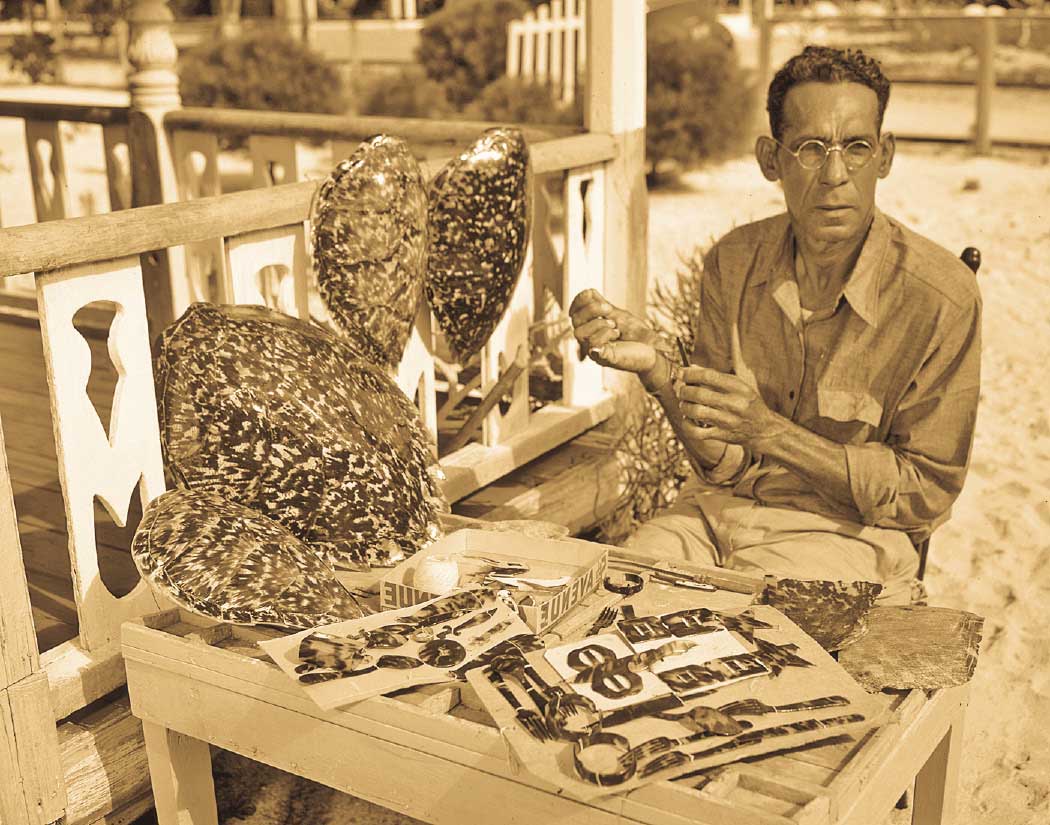
Wrecks and storms
Little Cayman and Cayman Brac, the two easternmost and smaller islands of the group, have cliffs of basalt rock rising 140 feet above some beaches, but Grand Cayman’s highest ground is only twenty feet above sea level, and tidal waves frequently have washed across its twenty-mile, hook-shaped length. During such storms, when twelve inches of rain may fall in twelve hours, Grand Cayman’s population congregates in the strongest buildings of each village. Despite high property damage over the years, few persons have lost their lives ashore, although the toll has been heavy when crews tried to ride out storms on schooners when in port.
There are no protected sea anchorages around the islands, and when a hurricane approaches, schooners head for deep water to get sea room. During one heavy blow a few years ago nine vessels ran out before the storm. Only one vessel ever came back, and no traces were found of the others or of the sixty-three Caymanians aboard them.
Hurricanes have not all been unmitigated disasters, for while wrecks on surrounding reefs have been ruinous for owners of various nationalities, they have been a godsend for some natives whose homes today are constructed of timbers washed ashore from States-bound Honduran or Guatemalan lumber vessels. No Caymanian would deny that a wreck on the reef is an occasion for subdued rejoicing ashore, although, kindhearted as they are, they would deplore loss of life and extend unreserved hospitality to survivors.
By royal proclamation and act of Parliament, Caymanians are exempt from wartime drafts within the British Empire, although the British army and navy have never lacked for Cayman volunteers. This unusual immunity was the result of a hurricane in 1780, when a number of British vessels under convoy of H.M.S. Cordelia, a small warship, were homeward bound from Honduras with troops and freight. The Cordelia was blown onto a Cayman reef during the night and fired a cannon to warn the others off. They took it as a signal of attack by Spaniards or pirates and closed in to their escort, so that all were piled on the rocks. That night many Caymanians risked their lives to rescue the soldiers and seamen, and despite the storm only two were lost. That blow, still known as the “ten-wreck storm,” brought a year’s prosperity in salvage as well as military exemption to the islanders.
The Caymans have their share of unexplained sea mysteries. In 1936 the island-owned 500-ton motorship Nu-noco steamed out of Georgetown anchorage for Tampa with twenty-two passengers and a considerable sum of money aboard. No storms were reported, but she never arrived in Tampa Bay. There have been unconfirmed rumors that members of her crew later were sighted in New Orleans; many believe she was hijacked and that passengers and crew were killed before she was plundered and sunk, while others think she exploded and went down, with no survivors. Then, in 1941, a Cayman schooner with twenty-two persons aboard disappeared while en route from Panama to Georgetown, and again no storms were reported.
The first Cayman settlers got there as a result of a hijack operation unusual in size even for those turbulent days. Dutch freebooters raided a French settlement in Haiti and took 500 newly arrived African slaves and 280 pounds of gold, then made off to the Caymans. There’s no record showing how many of these slaves were resold afterward to other West Indian settlers, but at least three now-prominent Cayman families trace their beginnings to these miserable pawns. It was an accepted custom of that day for white men without women to take slaves as wives. When twelve deserters from Cromwell’s Jamaican army found sanctuary there, the population of mixed blood had its beginning. One of these deserters, Isaac Bawden, has numerous descendants on the islands today.
Shipwrecks for the next 100 years did more than planned immigration to populate the islands. From most wrecks there seemed to be a few who, recognizing paradise when they were thrown into it, refused to seek farther. In 1819, the first pure-white family was established there, and again the winds did it. A Mrs. Van Huyt, widow of a Jamaican official, and her daughter were among crash victims who got ashore. Tradition has it that, on asking for water, Mrs. Van Huyt was given a drink in a crab shell by a white native. She married this Samaritan, and her daughter married his son.
Between 1750 and 1833, when William IV signed the Act for Abolition of Slavery throughout the empire the Caymans were little more than an enlarged auction block for the West Indian slave trade. Negroes who bought or were given their freedom in Jamaica flocked there, and some of them went into the business wholesale, buying and selling their own kind. Because there were so many more slaves than freemen, discipline was strict.
Up to 1825, pirates were a constant danger around the Caymans. Families in seaside villages had hideaways inland where they could retreat when unidentified ships appeared. A system of defense forts, whose guns still are in place, was erected around Grand Cayman, and there were numerous battles with freebooters who came ashore to steal cattle, pigs or slaves. The record of an impromptu trial of a captured pirate at Georgetown, now preserved in Jamaican archives at Kingston, reads more like a Gilbert and Sullivan libretto than an actual court record. The judge is quoted:
“Harkee, you Rascal at the bar, hear me. You must suffer for three Reasons; first, it is not fit I should sit here as judge, and nobody be hanged; secondly, you must be hanged, because you have a damn hanging look; and thirdly, you must be hanged because I am hungry, for know, Sirrah, that ‘tis a custom that whenever the judge’s dinner is ready before the trial is over, the prisoner is to be hanged, of course. There’s law for you, you dog, so take him away, Gaoler, and find ye a good stout limb!”
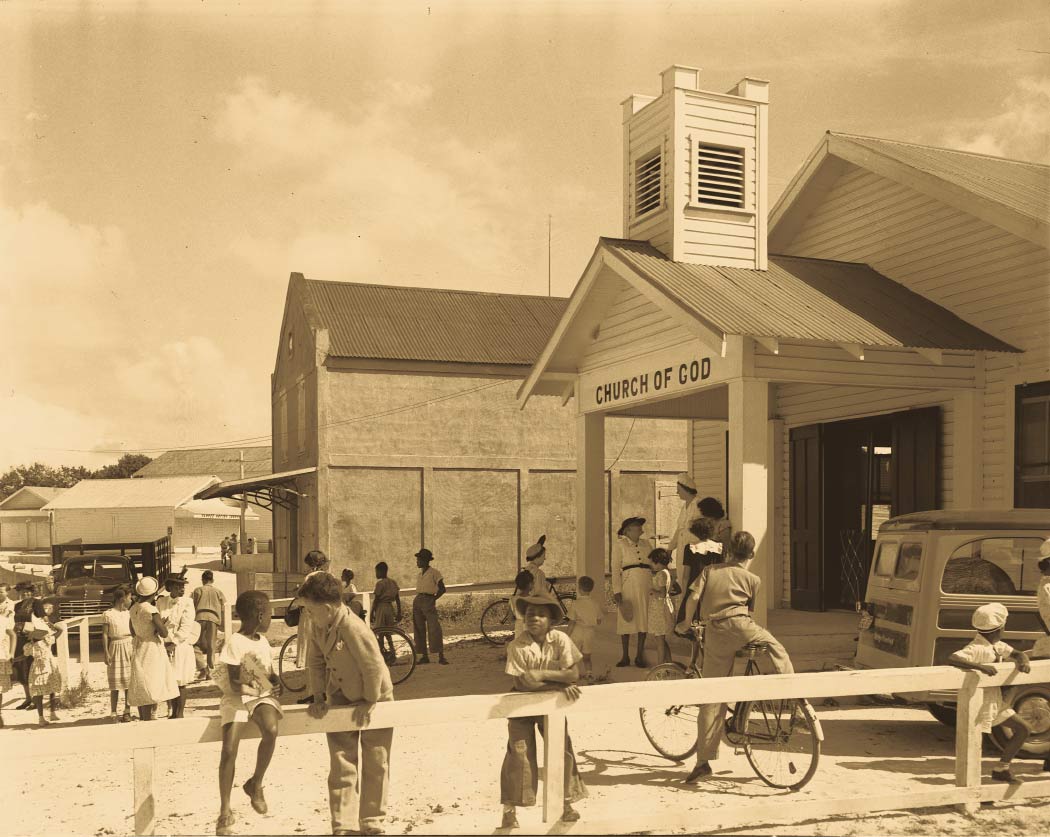
Heritage
The African heritage of so many Caymanians — the 1943 census lists the Grand Cayman population as 1052 Negro, 3518 mixed and 2050 white — probably accounts for their superstitiousness. Even voodoo has its adherents there, although it long ago was outlawed. While I was on the island, a private cemetery was violated by someone looking for crumbly bones to ward off evil spirits. Both white and colored residents are deeply religious, however, and the Presbyterian, Baptist, Seventh Day Adventist and Church of God ministers are as powerful factors in island government as are His Majesty’s civil servants — which might account for the surprising lack of crime.
Illegitimacy is separated from law. “After all,” someone explained it to me, “that’s a very private affair, isn’t it?” And despite the fact that not many generations ago few couples bothered to voyage to Jamaica to find a minister, there are not too many unclaimed youngsters — “outside children” — even if Cayman husbands are at sea for months or years.
Natives of all shades of color are proud of their genealogy and meticulous in keeping it up to date. Due to lack of new settlers, it’s a rare man who cannot pass a dozen cousins from first to tenth on his way to church, and chances are he can name their ancestors. This obviously explains the large number of mutations a casual visitor might observe, including harelips and bright-eyed youngsters with six toes on each foot. Family devotion is carried beyond life, too, and each major branch has its own clean-swept burying ground. Colorful conch shells or glass-enclosed wreaths of artificial flowers are kept on the graves of even those many years dead.
Dialect and vocal intonations used by Caymanian have puzzled linguists. It’s a mixture of American southern drawl and the English slur, with a Scandinavian lilt to end a statement, all combined to fall charmingly on the ears. V’s are pronounced as w’s: “prewailing” or “warying wind” are common examples used by these seafaring people, and nautical terms are used unconsciously.
Despite the unnatural ratio of men and women, only eleven divorces have been listed on official records. Legal separations are something beyond the average Caymanian’s comprehension, as I gathered from a remark by Benny Ross, my guide and horn-blowing chauffeur, who usually brought his wife and three children along. “I wonder how it would feel to be a divorced mon,” he said. “Must be a powerful strange sensation.” Benny’s greeting was always something to start the day right. “And how in the world, in the world, is the mornin’ treatin’ you?” he would yell exuberantly. And Benny’s “footman,” his fourteen-year-old nephew, Bill MacLaughlin, who was always on hand to open the car door, would echo, “I hope you slept very well, very well, sir! “ I never met a Caymanian too hurried to be courteous.
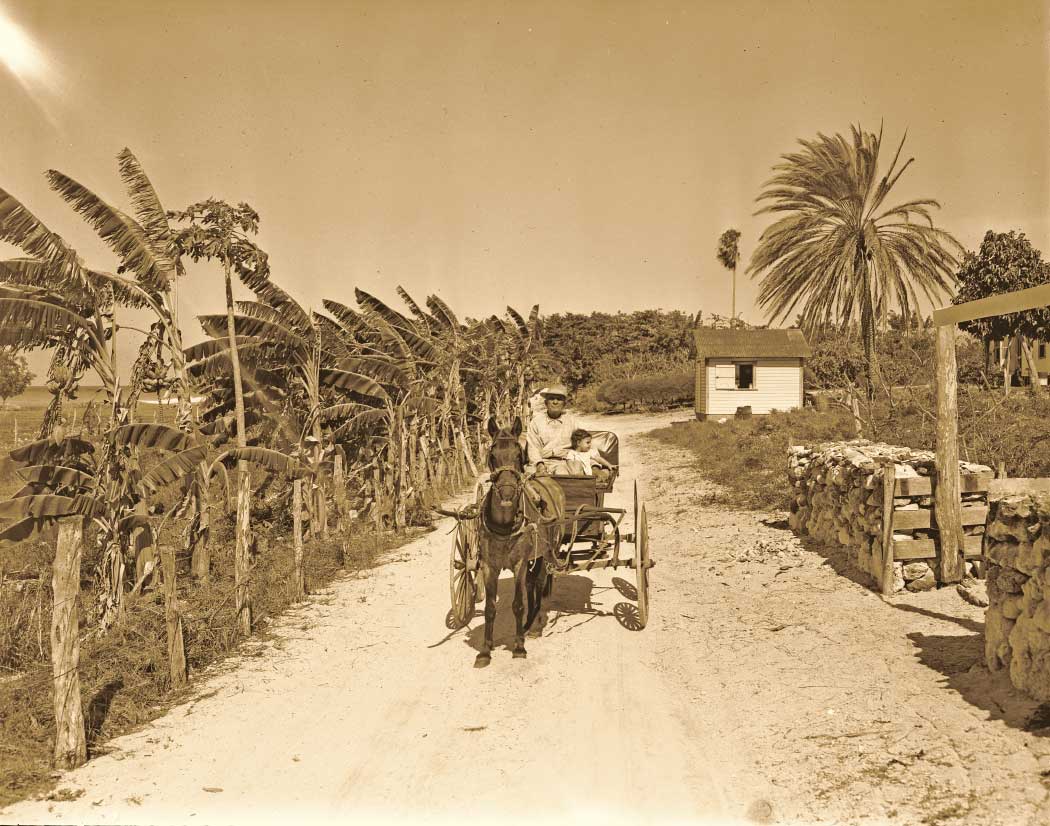
Fellowship and harmony
Considering racial derivations — whether African, English, pirate or slave — a harmony of good fellowship exists on Cayman to a striking degree. Wealthiest white merchants and ship-owners introduced me to colored partners or mates as equals. There is no air of condescension when white families call on black neighbors, and children of all colors lead idyllic lives on the beaches or swing together in the rigging of anchored schooners. Scarce as strangers are on the islands, there is no self-consciousness in the hospitality they extend. All of them like to talk — coal-black Capt. Tom Ebanks held me spellbound for three hours with a vivid tale of a five-day fight against a hurricane — and they seem surprised when visitors consider their lives and customs unusual. When I asked a returned seaman if he didn’t prefer life on the mainland, his answer required no thought. “Mon,” he said, “there’s no other life but this.”
Police Inspector Watler, typical British colonial, although descended from island settlers — “I’m not sure some of them were not cutthroats,” he admits — accompanied Benny and me over some of Grand Cayman’s fifty miles of roads, all of them laid out on what originally were wild-goat tracks. A few miles outside Boddentown — one of the villages — a man astride a jackass catapulted into the narrow road, causing Benny to slam on his brakes and bear down on his raucous horn. The rider had seen Inspector Watler’s brass-buttoned uniform, and wanted a roadside conference.
“John Eden’s cow is eating my sweet potatoes, and he won’t repair his fences,” the man complained.
“Bring the beast to the pound,” the inspector said, then pompously waved Benny on. “Everything is informal here,” he explained.
Unannounced, we drove into ex-seaman Willie Wood’s clean-swept yard and the inspector called a good morning. Willie invited us into his thatched cottage, then yelled to his colored wife for the rum bottle. He sent his son scurrying up a coconut tree, and then with one stroke of a machete chopped the nut the boy brought and poured green coconut milk into a glass.
“In honor of your visit,” he said, and handed the rum and coconut water to me. You should try that combination on a hot, breakfastless morning.
Willie and his wife brought out sacks and boxes of colorful shells, many varieties of coral, and tiny pink pearls found in conchs which he had collected for shipment to Tampa. “Help yourself,” he said, then refused a ten-shilling note after I made a sizable haul. “Just something to remember us by,” he said modestly.
Later we stopped at a whitewashed cottage, where the inspector called, “Come out, Aunt Cathy!” A tiny old woman, with beady eyes shining out of a coal-black wrinkled face, came to the door and saw who it was, then jumped up and threw her arms around Watler’s neck and planted two resounding toothless smacks on his cheeks. When he introduced me, she repeated the greeting before I could back away. Then she brought out a paper wrapped in red calico and unfolded it carefully. It was a congratulatory letter from King George V to her on her 100th birthday. The crested letter had been dated at Buckingham Palace fourteen years ago. “It’s just something about this climate,” Inspector Watler grinned when he saw my incredulous look.
“Child, praise the Lord, I’ve got grandchildren what died of old age,” Aunt Cathy declared. “Did you ever see a gal a hundred and fourteen years old what could dance like me?” And then she went into a jig that would have exhausted a bobby-soxer.
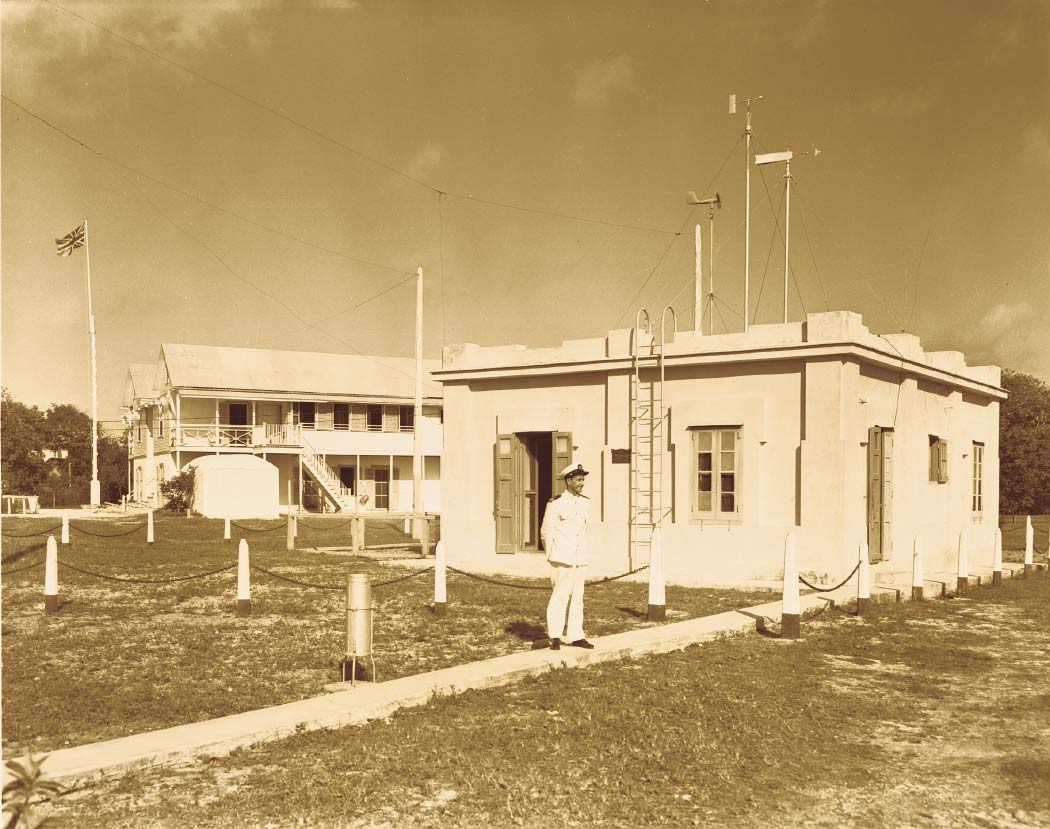
Caves and crocodiles
Because of a curious network of caves that underlie Grand Cayman — all three islands actually are peaks of subterranean mountains continuous with the Sierra Maestra Range of Cuba — geologists suspect that there are channels honeycombing the entire island. Several inland lakes have slight tides, and until a few years ago crocodile hunting was a favorite sport around these places. The crocs are gone now, and an imported agouti, locally called red rabbit, is the only game left except migrating doves, ducks and geese. The agouti is so destructive, however, that the island government pays a bounty for their heads. Snakes are no problem, for the few species found there are nonpoisonous.
A few American sportsmen have visited the Caymans especially to cast for what natives call fresh-water tarpon, a small variety found in the lakes, and ichthyologists say this subspecies is peculiar to the islands. Small as Grand Cayman is — in places only one mile wide — persons have been known to lose their way in mangrove and mahogany swamps and perish before they could find their way out. Mosquitoes are a curse — sometimes they kill cattle and pigs — and until funds are found to eradicate them there seems little likelihood of converting the thin-soiled Caymans into pastures, as large landowners would like to do.
Although a majority of island families are considered to own their homesites, distinct boundaries are almost impossible to define, and many persons have no idea how land or homesteads came into their possession, for they have no papers to prove ownership. Deeds were lackadaisically handled, back in pirate and slave days, and since land has been plentiful enough to prevent speculation or high values, everyone took for granted ownership of the plot he used. Large inland tracts are held by five or six leading Cayman families, in whom the wealth of the islands is concentrated, and the governor general of Jamaica, through his resident commissioner at Georgetown, is “advised” by these economically secure few.
Members of the Merren family, descendants of a shipwrecked British seaman, are typical of this dominant group. The present patriarch of the clan, H. 0. Merren, and his eleven sons and daughters control imports, exports, wholesale and retail merchandising and, through members scattered among the religious denominations, even the church organizations. Theoretically, too, this family could control all traffic between the islands and the mainland, for until recently they owned the only transportation facilities between Tampa and Kingston and the Caymans through freight and passenger motor vessels flying the Merren flag.

A London-financed company is planning a resort hotel on a five-mile-long beach of unbelievably white sand, to convert the Caymans into a middleclass Bermuda. Caymanians are not too enthusiastic, much as they would welcome additional income, for they sincerely like their simple life. The few Americans who have discovered this unspoiled spot will regret any changes, too, for one can rent a well-furnished house, with cook, maid and gardener, for forty dollars a month. But maids and cooks, who heretofore have worked for two devaluated pounds — $5.60 — a month, undoubtedly will welcome tourist inflation.
At present, island guest facilities are limited to two small inns. Post readers who take my word that this is a fantastic paradise would do well to airmail inquiries concerning reservations to The Commissioner, Cayman Islands, B. W. I., before venturing down.
Because of poor soil, few islanders raise anything but bananas, breadfruit, cassava roots, squash and pumpkins, which grow without much attention. Now the recently formed Caribbean International Airways, largely financed and operated by former RAF pilots, has inaugurated weekly service between Kingston, Cayman Brac, Georgetown and Tampa, and fresh Jamaica-grown lettuce, celery and tomatoes are welcome imports, while converted PBY’s are taking Cayman lobsters — crawfish — turtle steaks and ice-packed kingfish to Kingston and Tampa. It’s regrettable that the flying boys can’t deliver Cayman products to the mainland at island prices; choice thick beef and turtle steaks both retail, at Georgetown, at fourteen cents a pound.
Regular air mail should boost one of the island government’s chief sources of income, for beautifully designed and colored Cayman stamps — featuring, of course, the turtle and the Cayman schooner — are prized by philatelists. The entire governmental income for one year recently was £12,746, and £7565 of this came from the sale of special issues of stamps. And in this era of lavish governmental spending, the Caymanians give further proof, if any is needed, that they are an unusual people; their government’s expenditures have never exceeded its income.
Creative cuisine
Limited in food varieties, the islanders have developed tasty ways of cooking barracuda and kingfish, conchs and turtles, their breadfruit and cassava roots. I tried them all and liked them, but the day before I flew back to Tampa I complained, in a nice way, that I hadn’t been offered stuffed black-headed woodpeckers, which are used to provide variety when ducks are not in, or that exotic-sounding dish, parrot potpie. My hosts hastily apologized and promised a parrot hunt after sundown that evening.
Somehow, talk later swung around to the modus operandi of parrot hunting. It’s a stalking procedure, they explained, where quiet hunters creep under low trees in which the chatterboxes are roosting, and with a long pole slip a noose over their heads. But parrots, they said, are acutely suspicious of a man clothed in anything more than nature provided. It’s an old Cayman custom, they assured me, for hunting parties to strip to the skin.
Such tactics may have been all right for those brown-skinned boys and girls, but I remembered those poison-ivy-type bushes they showed me and recalled the varieties of cactus and thorn-bearing shrubs I’d noticed. I flew away from Grand Cayman without having plucked so much as a bonny tail feather from a single squawking Polly.
“The Islands Time Forgot” article text © SEPS. Licensed by Curtis Licensing.
















